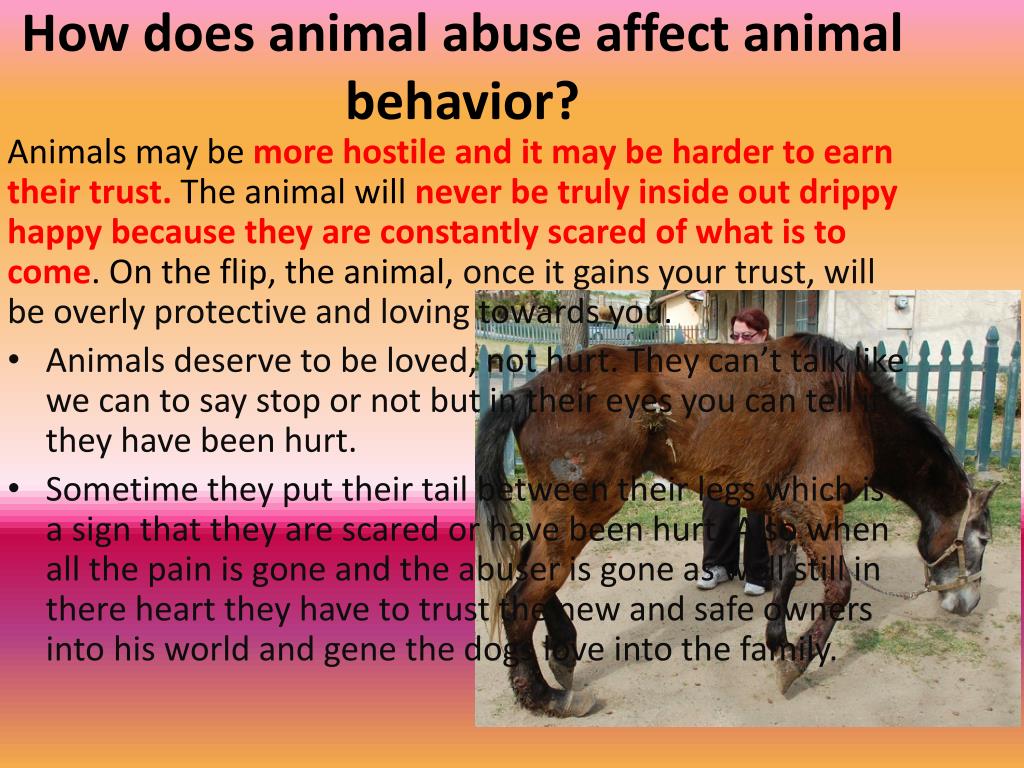Animal cruelty manifests in myriad forms, each with significant repercussions not only for the affected animals but also for society at large. As a reflection of cultural values, societal norms, and interpersonal relationships, the implications of animal abuse reverberate through various spheres of human existence: violence, empathy, and cultural attitudes.
To comprehend the societal impact of animal cruelty, one must first delineate the various types of abuse. These include physical violence, neglect, hoarding, and exploitation for entertainment or profit. Physical abuse may involve beating, mutilation, or causing injury through reckless behavior. Neglect refers to the failure to provide necessary care, such as food, shelter, or medical assistance. Hoarding, a psychological condition, often leads to an overwhelming number of animals kept in unsanitary conditions, neglecting their basic needs. Finally, exploitation takes form in industries like puppy mills and circuses that prioritize profit over the well-being of animals.
At the heart of the matter lies the intricate relationship between animal cruelty and the proclivity for violence within human communities. Research highlights a disturbing correlation between cruelty toward animals and violence against humans. This relationship has been long established: individuals who engage in animal abuse often commit acts of violence towards other people. The desensitization to suffering that accompanies such actions can lead to a cycle of violence, where the perpetrator becomes increasingly unempathetic and more prone to deploying aggression in various avenues of life. The notion that violence begets violence is a profound truth that underscores the urgent need to address animal cruelty as a pivotal societal issue.
Another facet of this paradox is empathy—or rather, the lack thereof. In societies where animal cruelty is pervasive, the collective capacity for empathy diminishes. When individuals witness or condone animal suffering, they may unwittingly normalize such brutality, eroding moral safeguards against violence and fostering an environment where compassion is stifled. Empathy, often viewed as a cornerstone of humane society, must be nurtured in educational settings and community discourse to combat the ramifications of animal abuse. Incorporating animal welfare education into school curricula can cultivate a generation more attuned to the nuances of compassion, fostering respect not just for animals but for all sentient beings.
The cultural implications of animal cruelty are equally noteworthy. Different societies exhibit varying levels of acceptance or rejection of animal exploitation, often informed by historical, religious, and philosophical beliefs. In cultures where animals are held in high regard, there is typically a stronger societal push against cruelty. Conversely, in areas where animals are viewed merely as commodities or sources of entertainment, cruelty can be more readily overlooked or tolerated. This dichotomy raises pressing questions about ethical frameworks and cultural priorities. Advocating for a shift towards more humane perspectives necessitates a reevaluation of cultural narratives surrounding animals and their roles within human society.
Societal perception of animal cruelty can also serve as a litmus test for broader moral dilemmas. Social movements advocating for animal rights often intersect with other causes, such as environmentalism and human rights. The interconnectedness of these issues underscores the notion that the treatment of animals reflects our values and behaviors towards one another. Campaigns aimed at combating animal cruelty can galvanize action on multiple fronts, promoting social justice and urging individuals to reflect on their moral standings regarding violence and empathy.
In addition to these philosophical and psychological dimensions, the legal ramifications of animal cruelty cannot be overlooked. Legal frameworks surrounding animal welfare vary considerably across regions, with some societies implementing stringent anti-cruelty laws and others adopting a more laissez-faire attitude. Advocating for stronger, enforceable laws against animal abuse is crucial for creating a protective environment not just for animals but also for humans. Legal repercussions can deter potential abusers, signaling societal disapproval of violent behaviors and fostering a culture of accountability.
On a community level, collective action against animal cruelty has the potential to forge stronger ties among members. Grassroots campaigns, fundraisers, and community service initiatives can unite individuals around a common cause, fostering a sense of belonging and purpose. When communities work together to defend against animal cruelty, they simultaneously build resilience against other forms of violence. Neighborhood watch programs for animal welfare, public awareness initiatives, and partnerships with local shelters can transform the landscape of a community, embedding a culture of kindness and vigilance.
In conclusion, the effects of animal cruelty extend far beyond the immediate suffering of the animals involved. The interplay between violence, empathy, and cultural attitudes reveals a complex web of interdependencies that can either uplift or debase a society. By addressing animal cruelty proactively and compassionately, communities can foster environments where empathy flourishes, violence recedes, and cultural values are aligned with humane treatment for all. The charge against animal cruelty is not solely a mission to protect the voiceless; it is an endeavor to enhance the moral fabric of society itself, ensuring a brighter, more compassionate future for all sentient beings.









